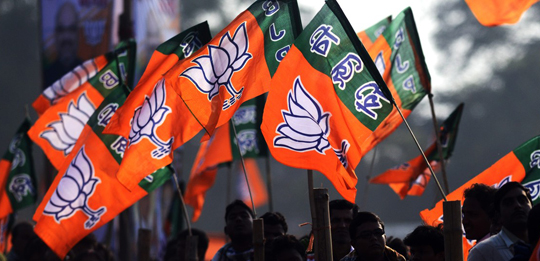Belagavi, Dec 1: The BJP on Wednesday sought an explanation from the state government in the Legislative Assembly on the reason behind the withdrawal of cases against Popular Front of India (PFI) and Karnataka Forum for Dignity (KFD).

Participating is a discussion on the law and order situation in the state, R?Ashoka (BJP) sought to know the rationale behind the government's move which comes at a time when Kerala government, in an affidavit submitted in the Kerala High Court, has stated the two organisations are involved in anti-national activities and pose a threat for the country.
Ashoka said the two organisations are behind the murders of RSS?and BJP?workers and demanded that the case be handed over to the National Investigative Agency (NIA).
He also sought that the two organisations should be banned with immediate effect. Both organisations took shape after the Students Islamic Movement of India (SIMI) was banned, he said.
Ashoka said cases of communal and political violence are on the rise in the state. RSS?and BJP workers volunteers are being murdered in a planned manner, he said. The ramification of the government's move could have drastic implications, Leader of the Opposition Jagadish Shettar said.








Comments
Along with that, add Drs,vhp,rss,vhp
Every Indian knows that the most terrorist groups in India are RSS/BD/RS and other outfits of sangh parivar. Terrorists from these groups are spreading hatred between different communities and give hate speech, but no action is taken on them.
Why not the PFI, KFD, SDPI, NDF demands or protest against RSS,VHP to ban??? only this people have rights to demand for any organization Ban? Let PFI, KFD, SDPI, NDF make protest and demand for Ban. (for your FYI.. iam not related to any Organization)
Ashok, based on your own argument why cant the Govt ban both BJP & RSS for killing CPM workers in Kerala, murder in various jails and bomb explosions elsewhere in India? Common man have the same standard for the same crime.
Congratulations PFI and KFD. The RSS recommended that you are strong party who are fighting against communalism and goondaism.
They can't digest any one talking or standing against them.
Good Job .
We need just 2 strongest parties in India and rest should be banned once and for all.....no political parties doing any favor for human kind, they are all there to make money for them and their family members and relatives....that is all....if government wants to ban any kachira parties then clean up everything...no need...they are all anti religion and working against human kind...
Joke of the month..
PFI, KFD ok...RSS...Bajrang illa yaake...?
Add new comment